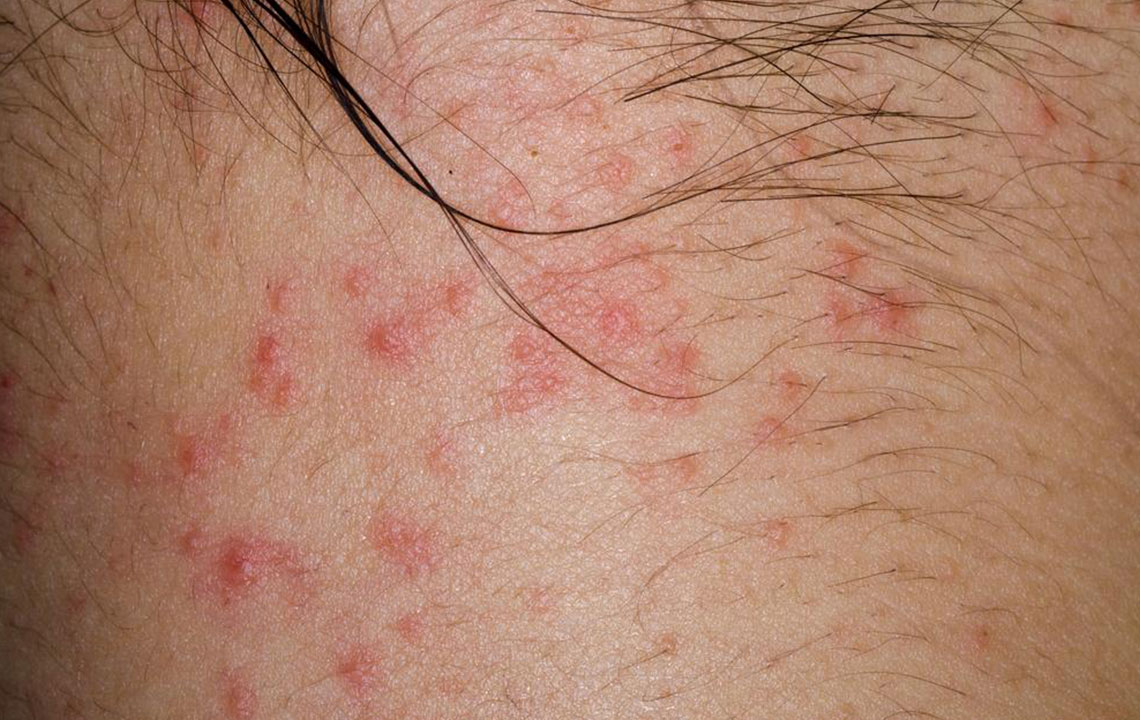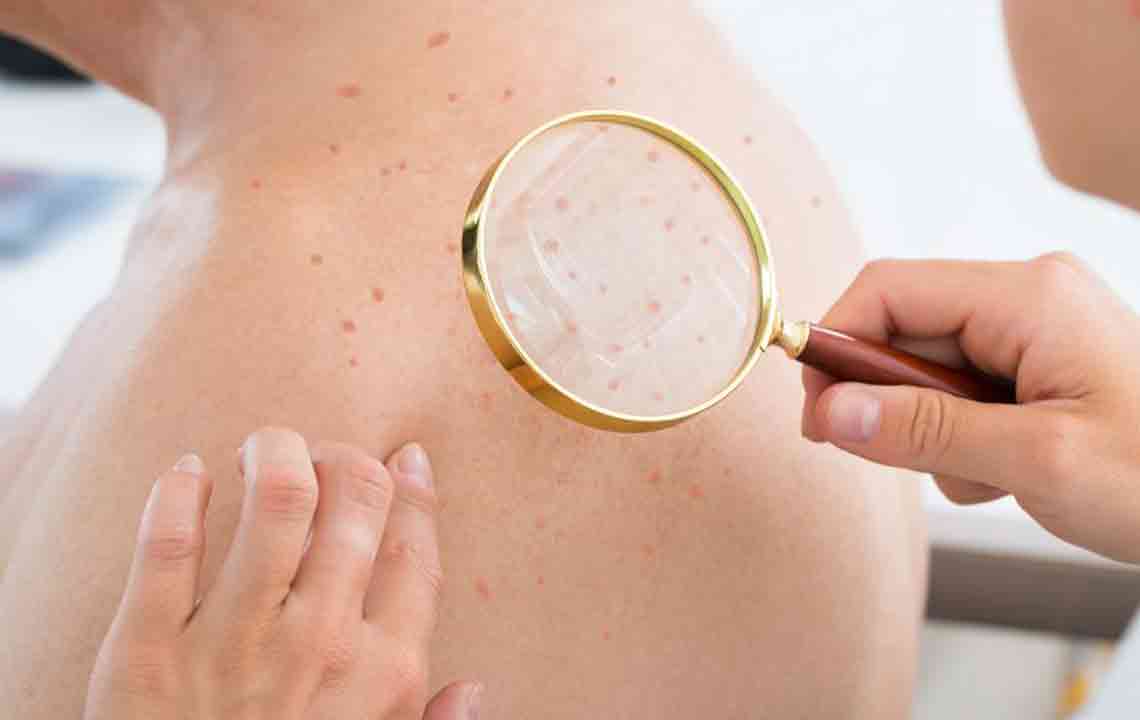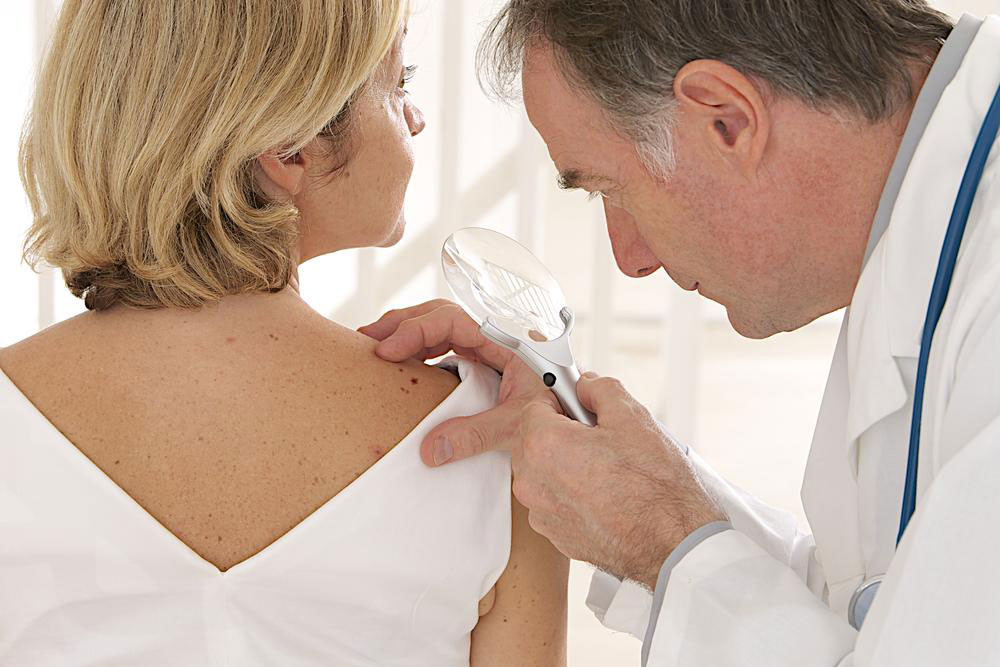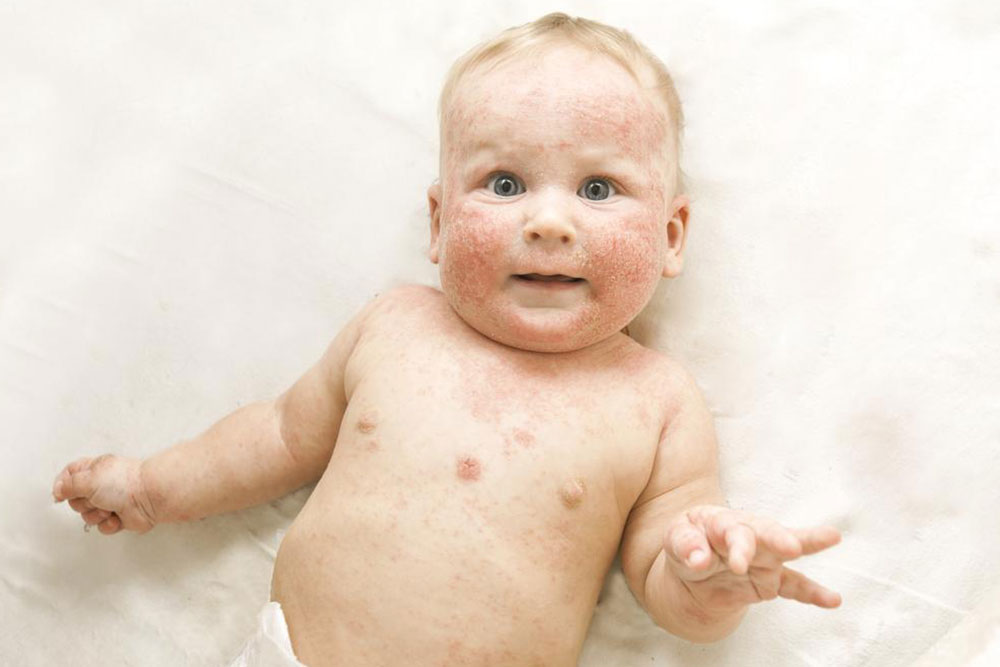Understanding Atopic Dermatitis: Causes and Treatment Options
This article explores the causes of atopic dermatitis, a common skin allergy, and reviews effective treatment strategies. It covers symptoms, potential triggers, medical options, lifestyle changes, and natural home remedies. Useful for those seeking to understand and manage this chronic condition, it emphasizes skin hydration, avoiding irritants, and consulting healthcare professionals for proper care.
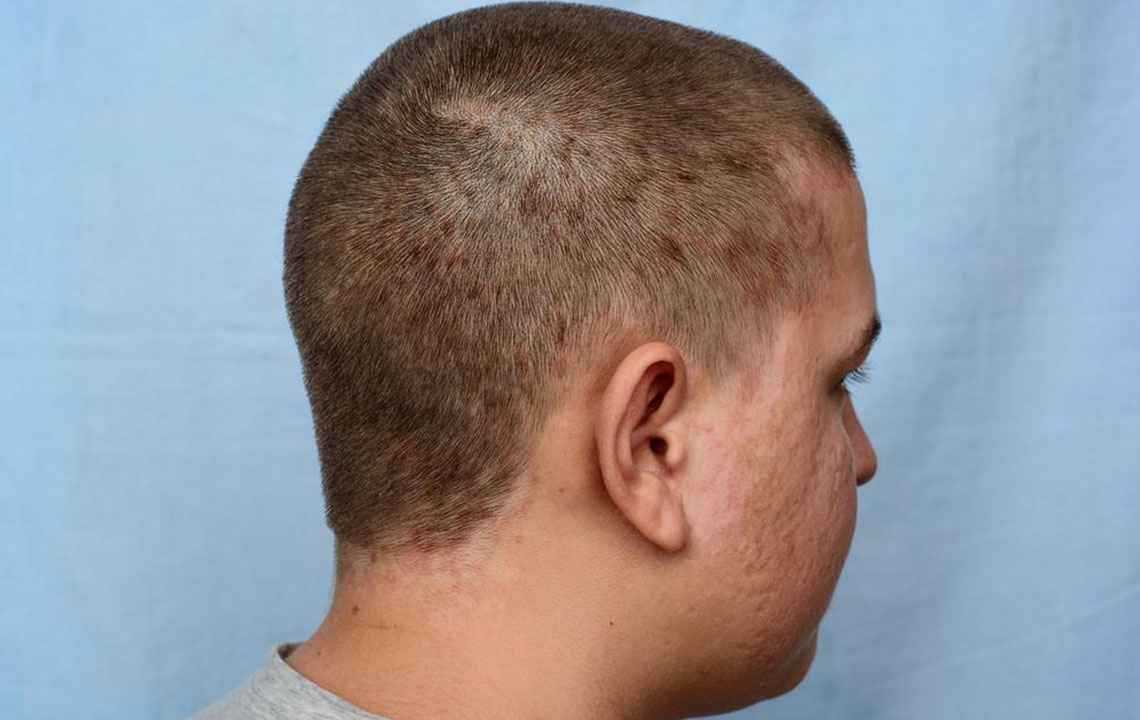
The skin, our body's largest organ, acts as our primary barrier against external threats. Its visibility makes skin health crucial to personal appearance and confidence, which is why skin disorders can be particularly distressing.
Atopic dermatitis, a persistent skin condition that starts in childhood and can persist into adulthood, is a common concern. The term "atopic" indicates a predisposition to allergic reactions, while "dermatitis" refers to skin inflammation.
Typically beginning within the first year, atopic dermatitis manifests as red, itchy, swollen patches that may ooze clear fluid upon scratching.
Also known as eczema, it can cover large skin areas during infancy, especially on the face and body, while in older children and young adults, it tends to target the elbows, knees, hands, and feet.
This condition is linked to allergies, often co-occurring with asthma and hay fever. The affected skin appears dry, inflamed, and hyperpigmented, with blisters that may scar.
Symptoms include persistent dry skin, intense itching, red patches in skin folds, and oozing lesions. Visual aids such as images can help identify similar skin signs. Itching exacerbates the problem, risking bacterial infections and greater skin damage.
The exact cause remains unclear, but hypotheses include the hygiene hypothesis—suggesting limited early allergen exposure weakens immune tolerance—genetic predisposition, and hard water exposure.
Although there is no cure, management includes medications like corticosteroids, antihistamines, and antibiotics for infections; light therapy, which uses UV light; and lifestyle modifications such as proper skin hydration, avoiding irritants, and dietary supplements like vitamin D and fatty acids. Home remedies like coconut oil, sea salt baths, cod liver oil, and honey can provide relief.
Regular skincare routines and avoiding trigger factors are essential for controlling symptoms. Consulting a specialist is advised for persistent or severe cases. Visual references online can aid in recognizing symptoms and seeking appropriate treatment.

